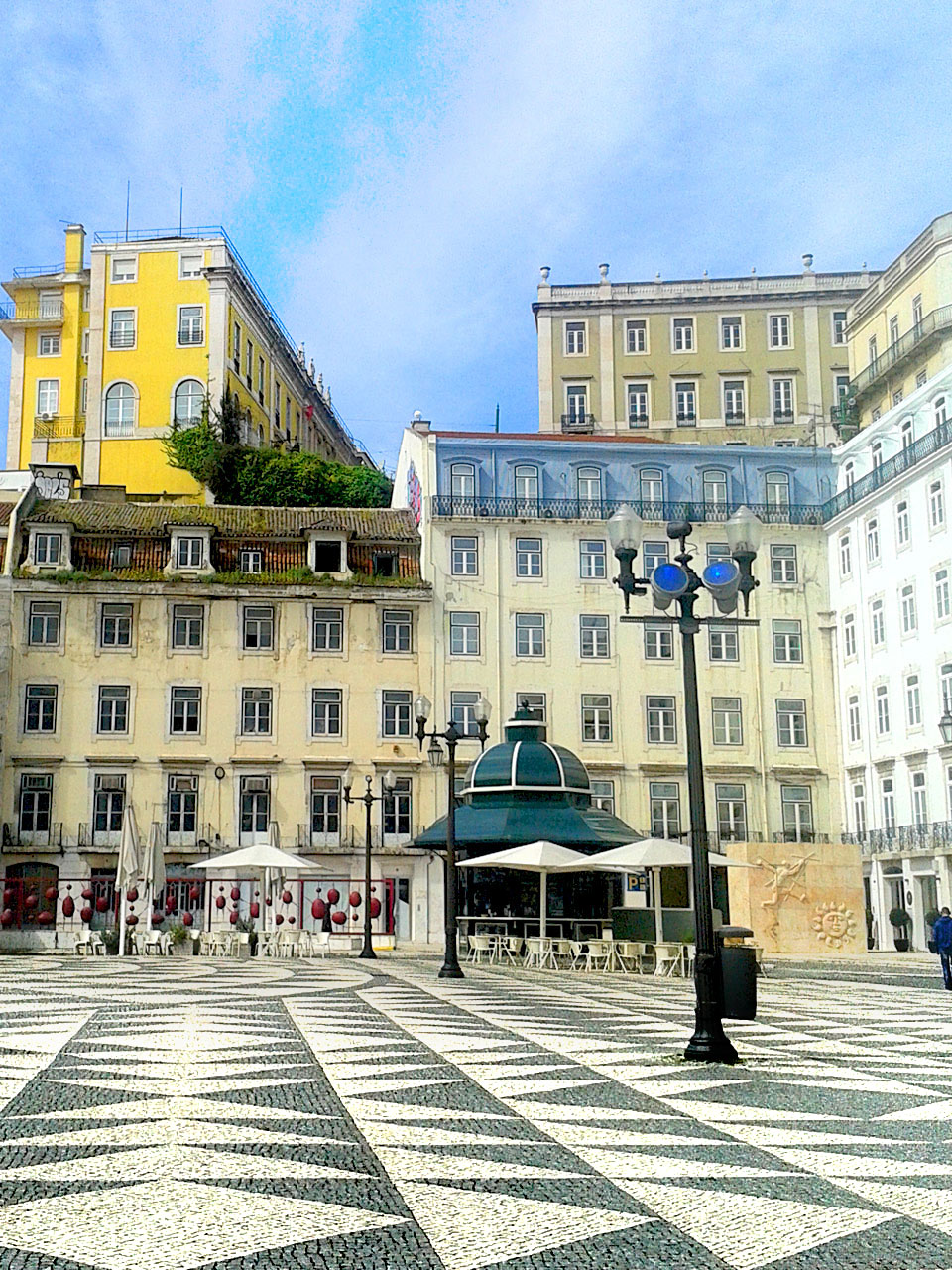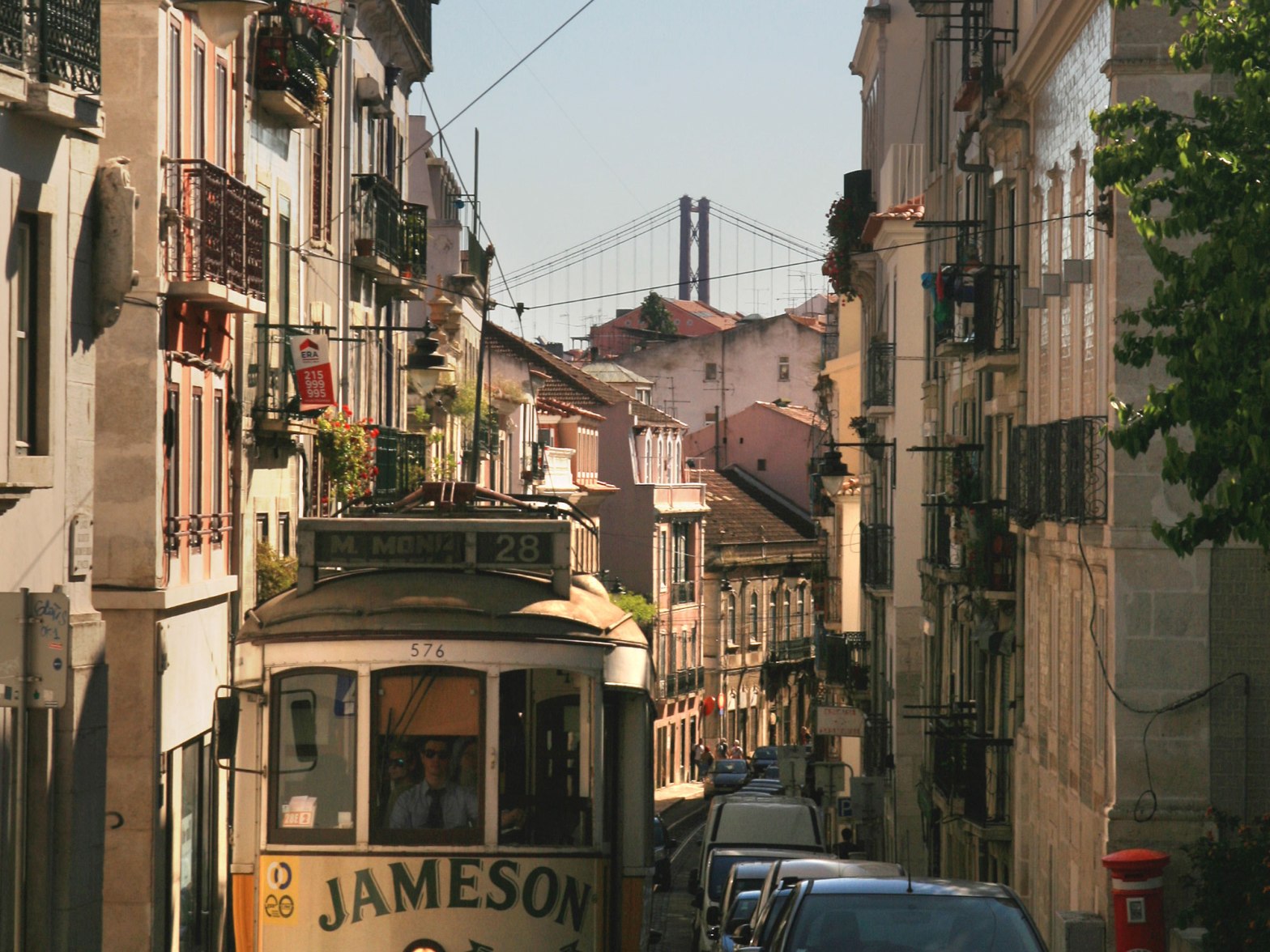With cities, it’s like with relationships. You see it for the first time, you like it, you want to know more about it. The spark bursts, and you move in.
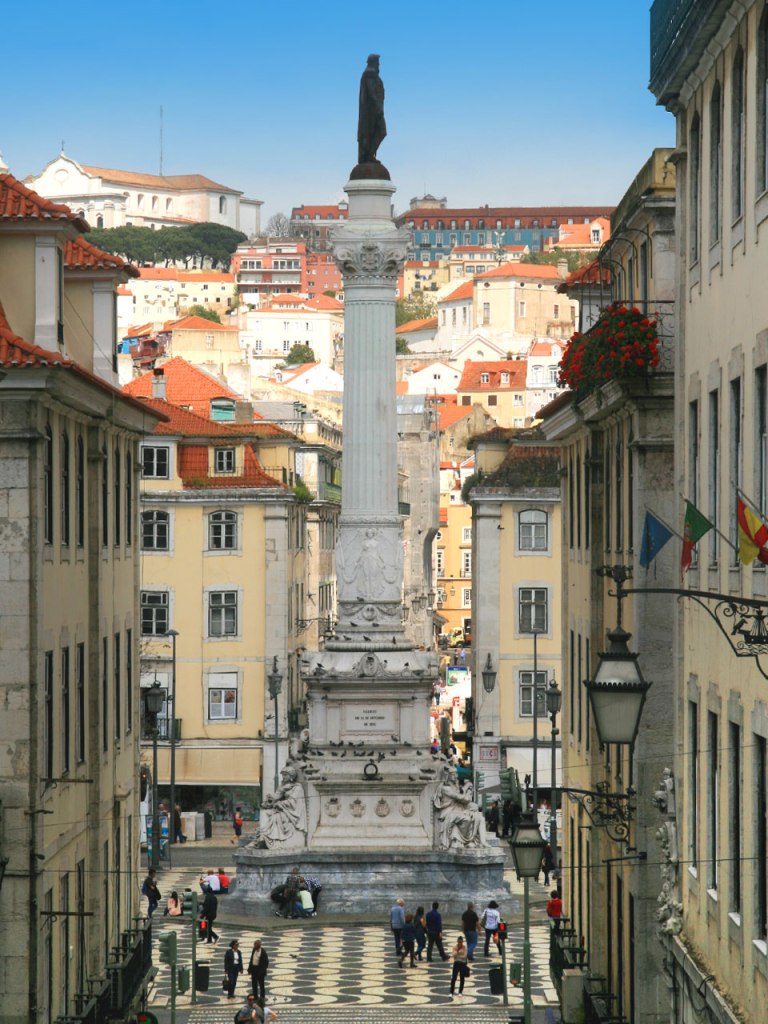
You start to get along, you get accustomed to new habits. You also begin to dislike certain things, but you get accustomed to these to. Eventually, you wear each other out, and you move on. Sometimes you stay, but if you’re prone to travel, then you just move on to the next city.
For me, Lisbon was love at first sight. I first arrived here on a sunny day of late September of 2014, in Gare do Oriente, coming from a trip I started in Porto and continued through Aveiro and Figueira da Foz.
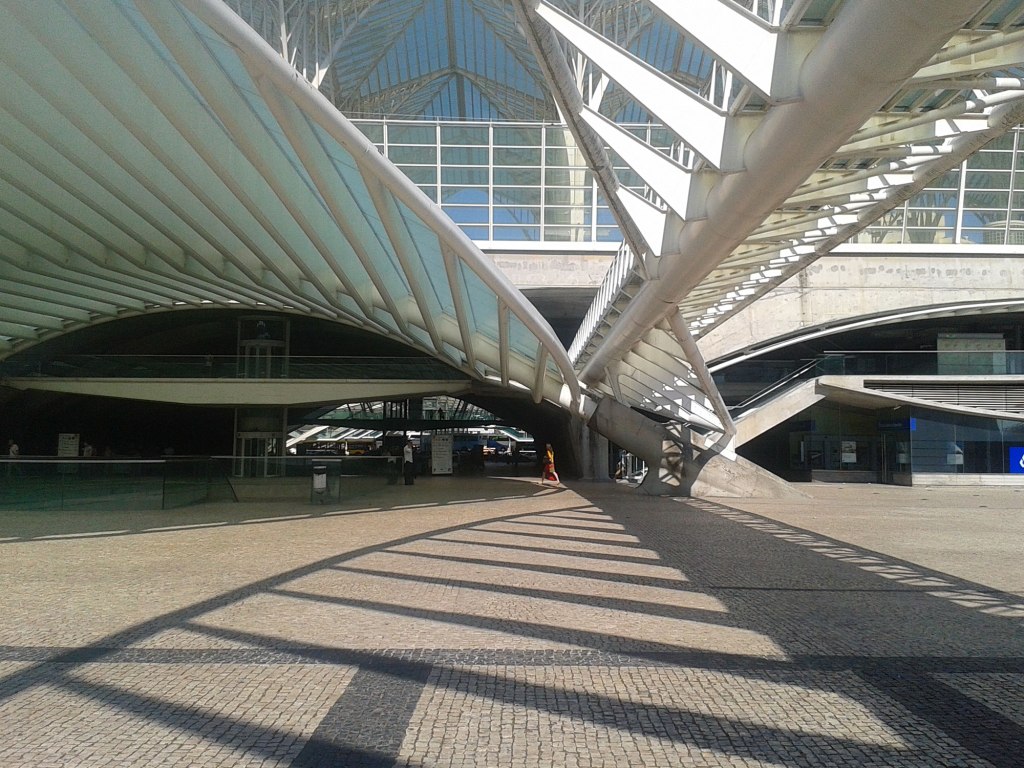
My friends were waiting for me at the train station and, even if I only had five days in the city (we went south, to Lagos, to enjoy wide beaches and unspoiled nature), I loved everything about Lisbon.
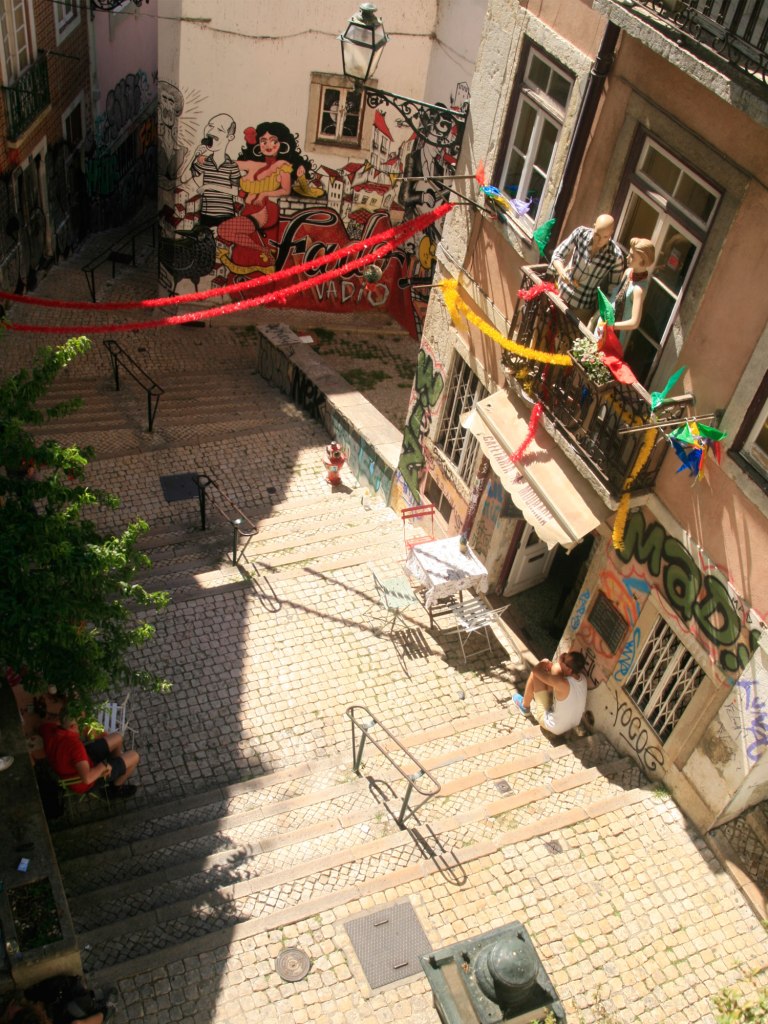
I loved the Elevador do Lavro going up and down, right below the window of my room.
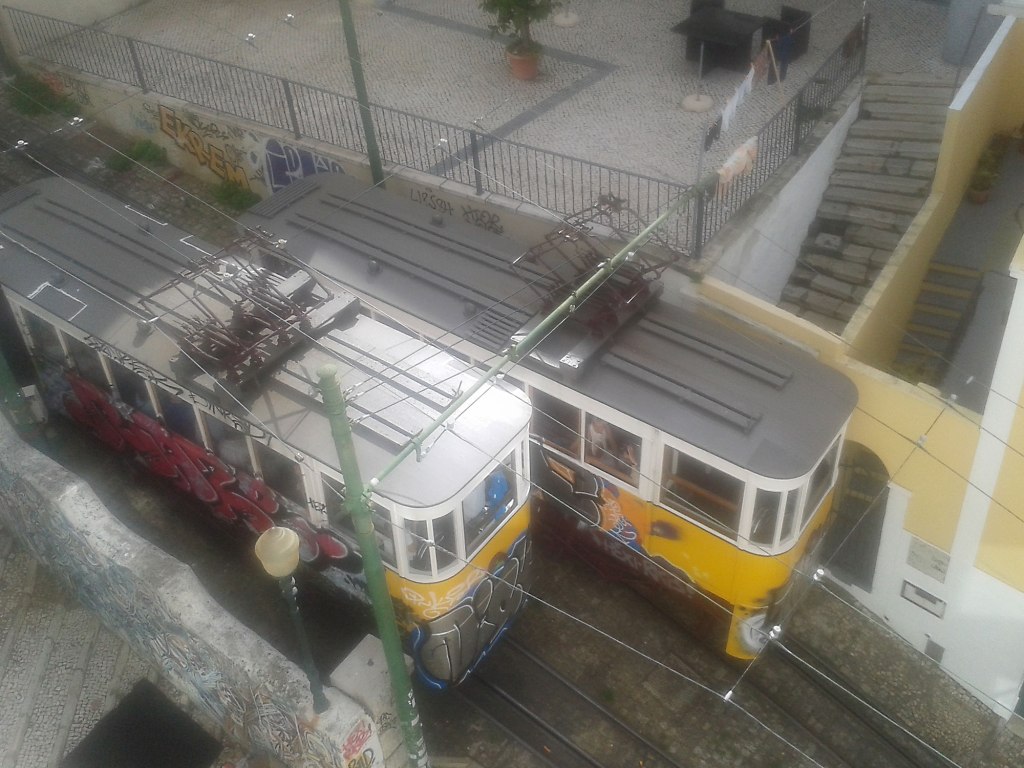
I loved the local bars and cafes with their eighties’ ambience. The smell of grilled sardines in the evening. The miradouros. The pastel de nata. The city pavement. The language.

Two years later after this short visit, I arrived back in Lisbon, this time with the clear intention of staying here. I had my medium-sized suitcase and my laptop backpack, and some ongoing projects to keep me just fine during the first months – I work as freelance graphic designer and most of my work is remote. After only four nights spent in a hostel, I managed to find a nice room to rent, a big room in a beautiful house, a few minutes away from Avenida da Liberdade, and I moved in.
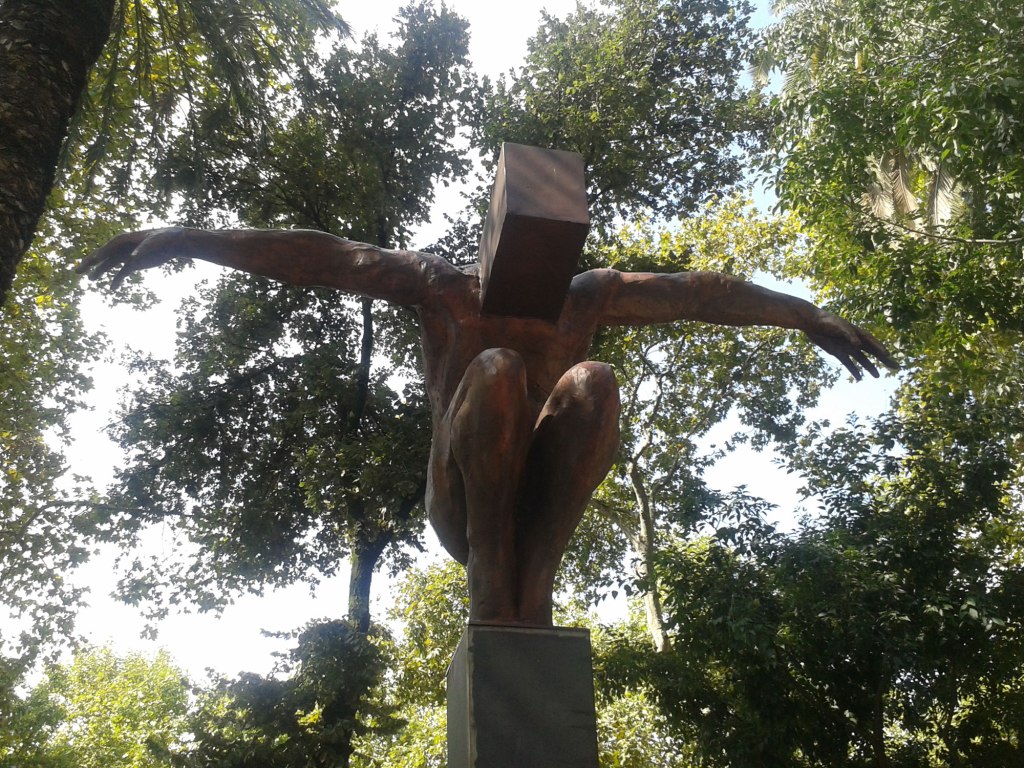
I started to discover the city on daily basis. It made new friends. Cooked dinners. Went out. Fell in love. Discovered Costa da Caparica. And Praia do Guincho. I enjoyed the local food.
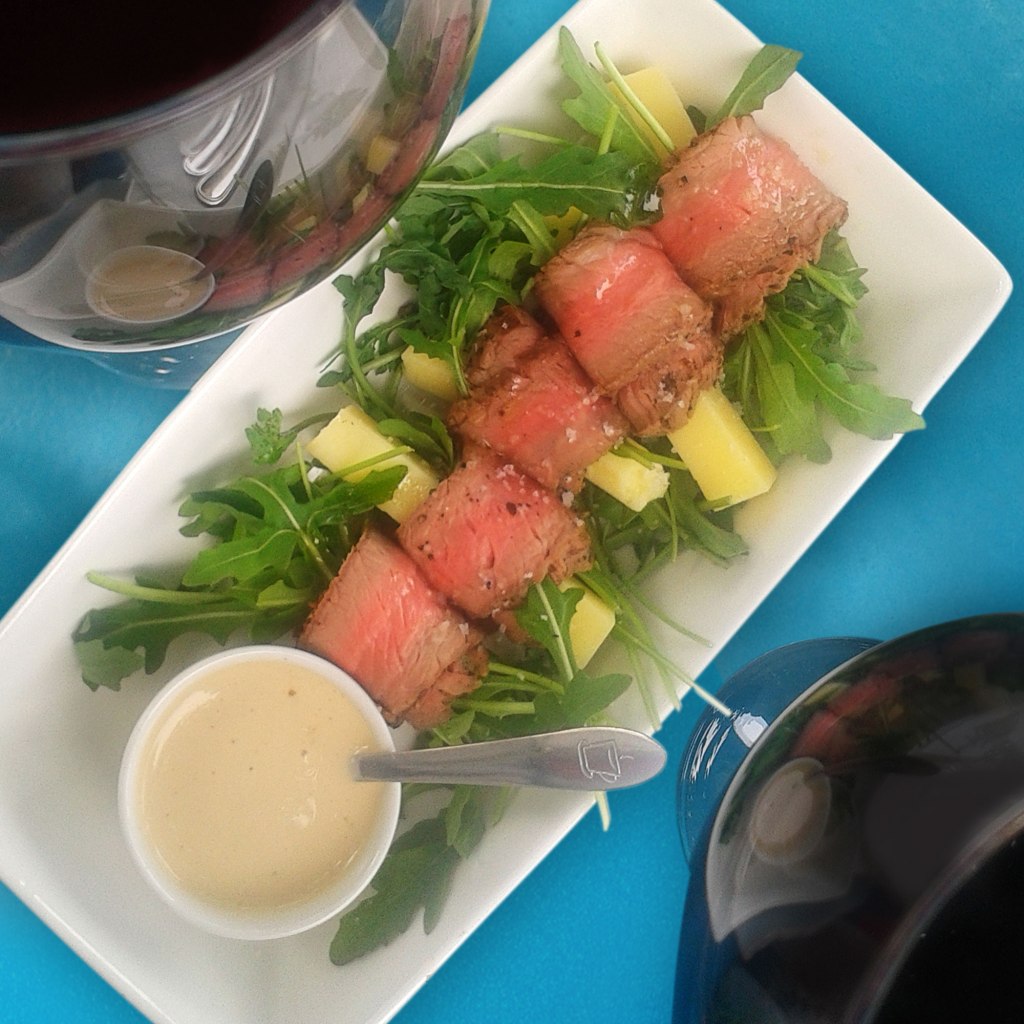
And I am still a sucker for a succulent and garlicky bifana, for cheese from Açores or for a bacalhau a braz – and especially the deconstructed version of local chef Marlene Vieira, which I tried at her restaurant in Timeout Lisboa.
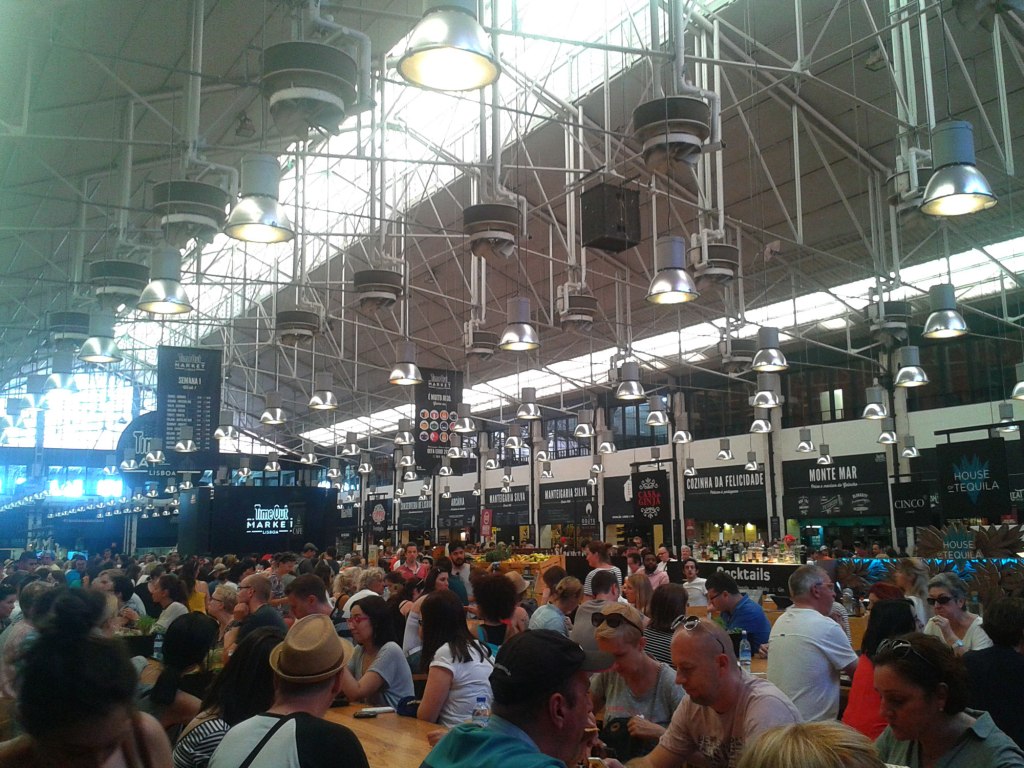
After a year, though, things changed for me in Lisbon. As a freelancer, my monthly income flows up and down as dramatically as the ocean tide, and for several months I was unable to find new projects. I was hoping to connect with local companies but, as you may already know, work is tough to find in Portugal. Not having many options left, I enrolled as volunteer for a permaculture garden, working 5 hours a day in exchange for room and food (and what a good food that was!) while taking two months to reconsider my options, or at least to wait and see if my luck changes somehow.
And indeed it changed, but not in the way I expected.
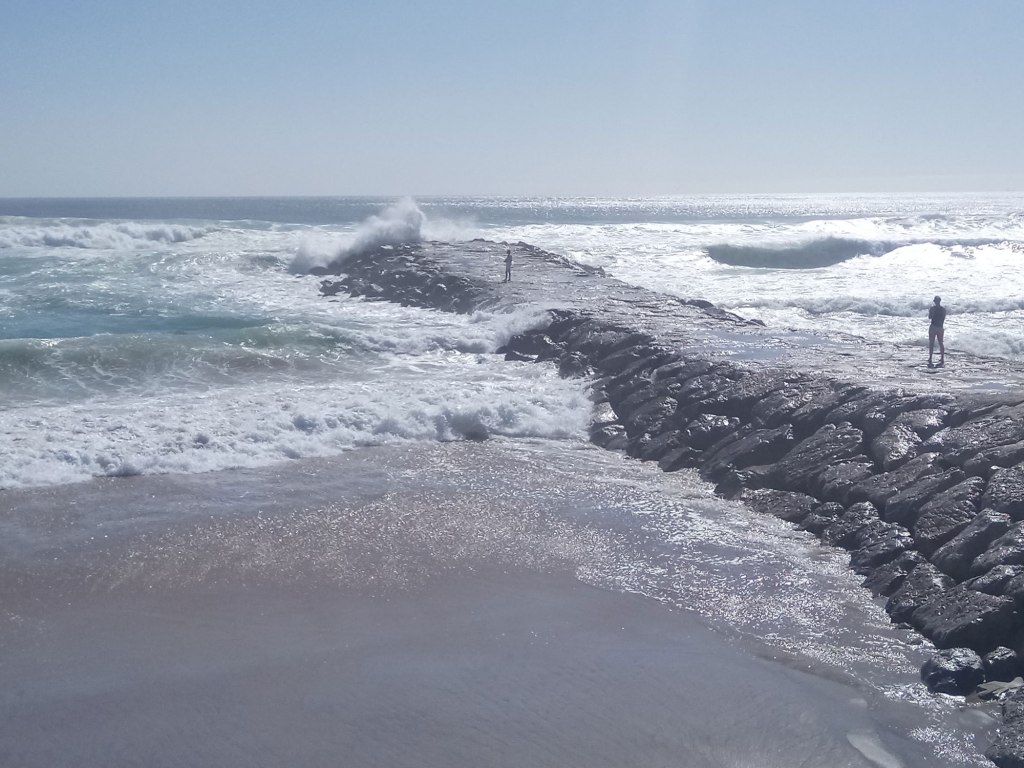
From the idyllic garden, surrounded by nature and the ocean, where I was working, I decided to go back to a big city – the more the people, the more the opportunities, so I bought the first flight to Barcelona. With the help of my friends there, I found a room to rent. I started all over again – to discover the city on daily basis, to make friends, cook dinners, fall in love, find a project, then a better project and, in about one year, my monthly income was slowly becoming steady again. So was my confidence in myself.
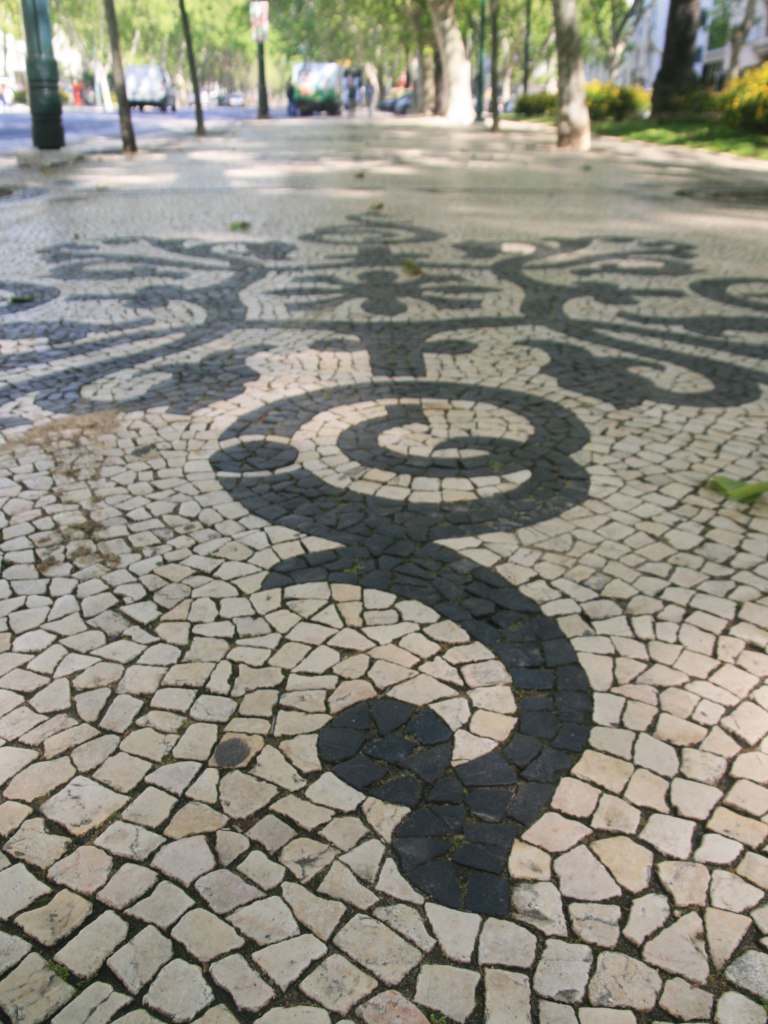
Last December I went to Lisbon for a short trip, with a good friend of mine who travelled some 3,000 km for this adventure. I had almost three years since having left Lisbon but I immediately felt like home.

I was delighted to say again “boa tarde, tudo bem?”, to walk the streets I love, to have a coffee at Copenhagen, a wine at Rio Maravilha, that awesome rooftop terrace of the LX Factory, to go again to Costa da Caparica, and to see again my friends there.
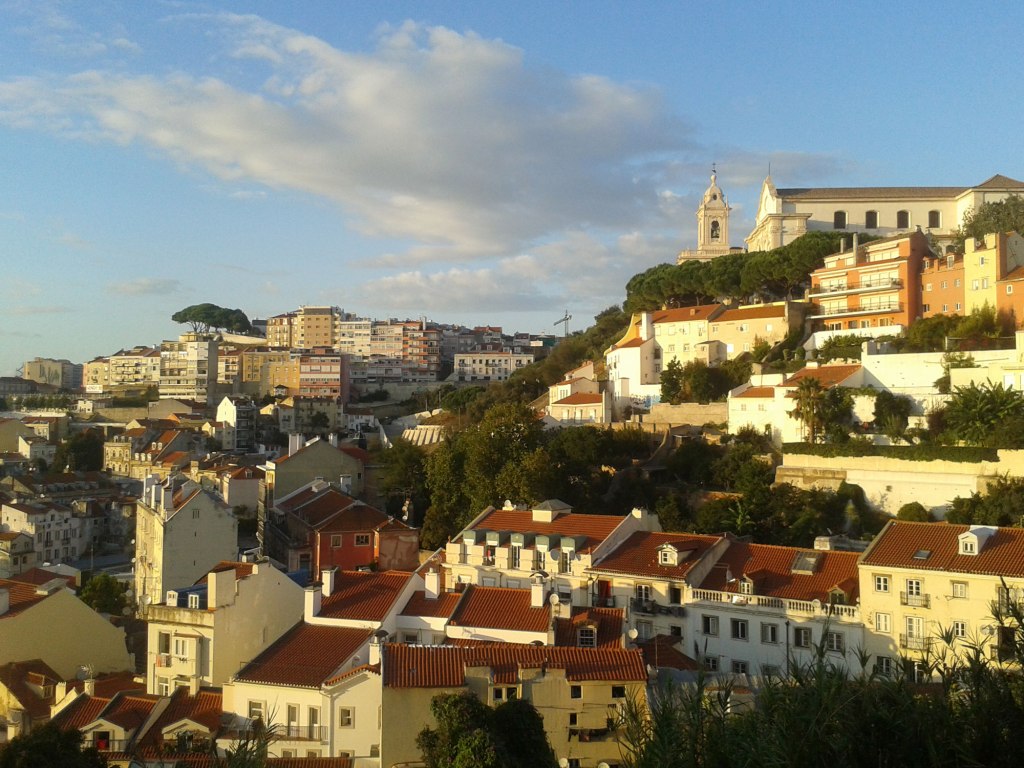
I also started to ask myself – why did I actually leave? What went wrong? Should I come back again? I could not find any answers, until one early morning when I got out to get us coffee from the bar across the street. As I was waiting for the two coffees to go, and enjoying that specific ambiance of early mornings when cafes are full with neighbours of all ages, without thinking of anything in particular, the answers to my questions came effortlessly, as if they were in my head (or in my heart?) since forever.
I think Lisbon was my first true love – as a place to live, I mean. And when you love for the first time, just as in any relationship, you’re inexperienced. You rush things, you misjudge and, eventually, you lose. Back then, when I moved to Lisbon, I was not yet ready to commit to steadiness. I was a traveller – I had been a traveller for years, always on the move, impatient, changing cities and countries as I pleased, always renting for short term, easily moving in and out, thirsty for new adventures, and angry when waiting. So, I might never get back again to Lisbon to live here, again, just as I wouldn’t get back to the first love of my life and to try make it work again. But I will always have a special thing with Lisbon, and I will always go back there with great joy, savouring all the advantages of a love affair from distance, when you only get the good part.
